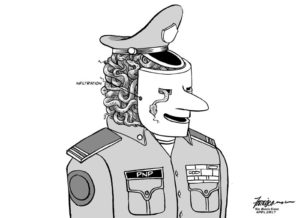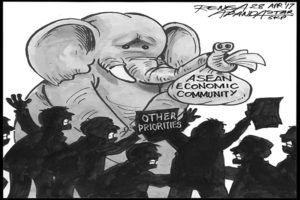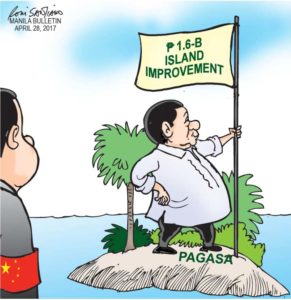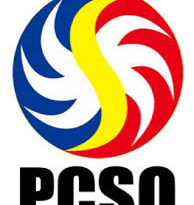Asean focus: unity, growth
Tomorrow, leaders of the Association of Southeast Asian Nations will gather at the PICC in Pasay City for the culmination of more than 130 meetings of Asean ministers, senior officials and technical working groups attended by nearly 2,000 delegates. It is the first international summit of heads of government to be hosted by the Philippines under the Duterte administration, and the third time the Philippines is serving as host (the first was in Manila in 1987 under President Cory Aquino and the second in Cebu in 2007 under President Gloria Arroyo).
In accepting the chairmanship of Asean, which is marking its golden year, President Duterte promised last year to highlight the 10-nation grouping as a model of regionalism and a global player, with the interest of the people at its core. This can serve as the mission from which action plans can be drawn.
For instance, while Mr. Duterte is expected to highlight his war on drugs and on terrorism, Asean unity and possibly warming relations with China and Russia, he should also touch on how leaders can bridge the economic divide among Asean members. While some tiny states like Singapore and Brunei have prosperous economies, there are those that remain poor like Laos and Myanmar (Burma). One way to address this is to aggressively pursue the Asean Economic Community (AEC) established in 2015 for a freer flow of goods, services, investment, capital and skilled labor within the region. In the long run, there is also the dream of having a single currency similar to the euro. As it stands, Asean is a trade bloc with growing economic clout given its combined population of more than 620 million—an economy worth $2.4 trillion that grew by an average of 5 percent in the past decade.
Initially, the AEC will allow the free trade of professionals in the region, among them engineers, architects, doctors, nurses, lawyers and accountants. The next action should be the promotion of MSMEs (micro, small and medium enterprises) in the region by connecting them to markets within and outside the bloc. This should help address income inequality and the resulting poverty problem in the region. Some members like Laos and Myanmar need the region’s stronger economies to help them as their economies are today being fueled mainly by government spending. They need investments from the private sectors of the more developed members to create jobs that, in turn, will lift many from poverty.
Maritime security and cooperation is another issue that should be decisively tackled, particularly in the waters between the Philippines, Indonesia and Malaysia where piracy has become a menace.
Human rights is another point to be addressed, even if it has become a touchy issue for the host country as a result of the thousands of deaths resulting from the administration’s war on drugs. The issue also resounds in the case of the thousands of Rohingya “boat people” who have fled tensions and state-sanctioned discrimination against the ethnic Muslim minority in Myanmar.
Much speculation has focused on whether Asean will take China to task for its controversial actions in the South China Sea. Based on a draft communiqué to be issued at the end of tomorrow’s summit, it appears that Asean leaders have decided to employ subdued language and avoid any conflict with the regional powerhouse. It’s a stance that would not sit well with former foreign secretary Albert del Rosario, Senate Minority Leader Franklin Drilon and others who think that the ruling of the Permanent Court of Arbitration invalidating China’s expansive claims in the South China Sea should be an integral part of the framework being finalized for the code of conduct in the disputed waters. Then again, as wise men put it, it ain’t over till the fat lady sings.
The theme the Philippines chose in hosting the 30th Asean summit—“Partnering for Change, Engaging the World”—aptly reflects the Philippine government’s advocacy to promote unity and growth within and among Asean’s member-states and its global partners. An even stronger Asean will emerge if the stronger members begin to help the weaker members to grow.













